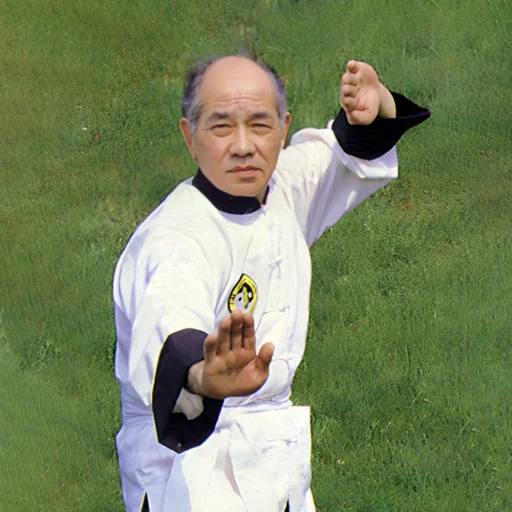
Chee Soo’s six-decade-long career involved both studying and instructing the Taoist Arts of the Lee style. His teachings reached across the globe, and his trailblazing books on Taoist techniques became bestsellers in various languages. As an early Taoist teacher in the West, Chee Soo established one of the first Taoist Arts schools in London during the 1930s, dedicating his life to educating others. Renowned for his soft internal style martial arts instruction, he also provided healing and insight into Ancient Chinese Medicine. Chee Soo’s preferred practical application of Taoist philosophy was the Taoist Art of T’ai Chi Ch’uan.
Early Life
Chee Soo was born on June 4, 1919, in All Souls, Marylebone, London, to Ah Chee Soo, a pastry chef at the Westminster restaurant, and Beatrice Gibbs. The family resided in Westminster. Chee Soo was known as Clifford Gibbs in English and Chee Soo in Chinese. In a 1977 LBC radio interview, Chee Soo recounted meeting Chan Kam Lee, an elderly Chinese man from Weihaiwei, in Hyde Park at the age of 14. Chee Soo was invited to attend Chan Lee’s class in the summer of 1934, marking the start of his Taoist arts education. As an adopted nephew, Chee Soo learned the arts from Chan Kam Lee whenever their schedules allowed.
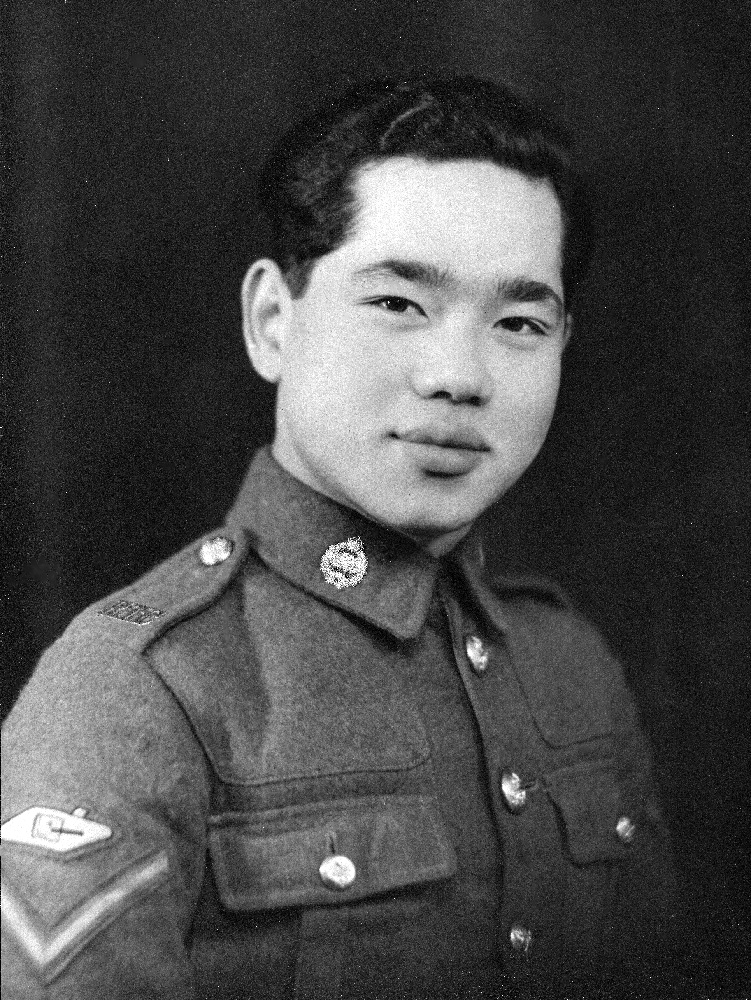
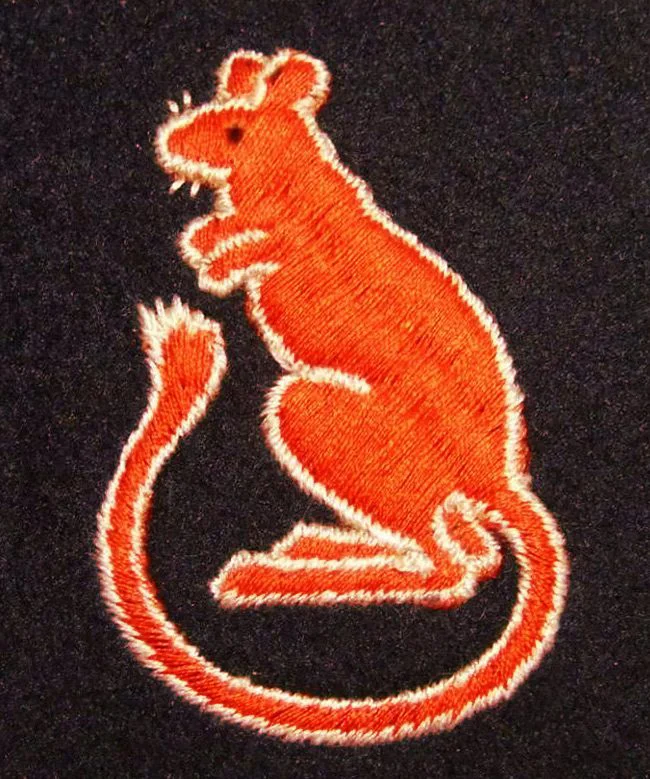
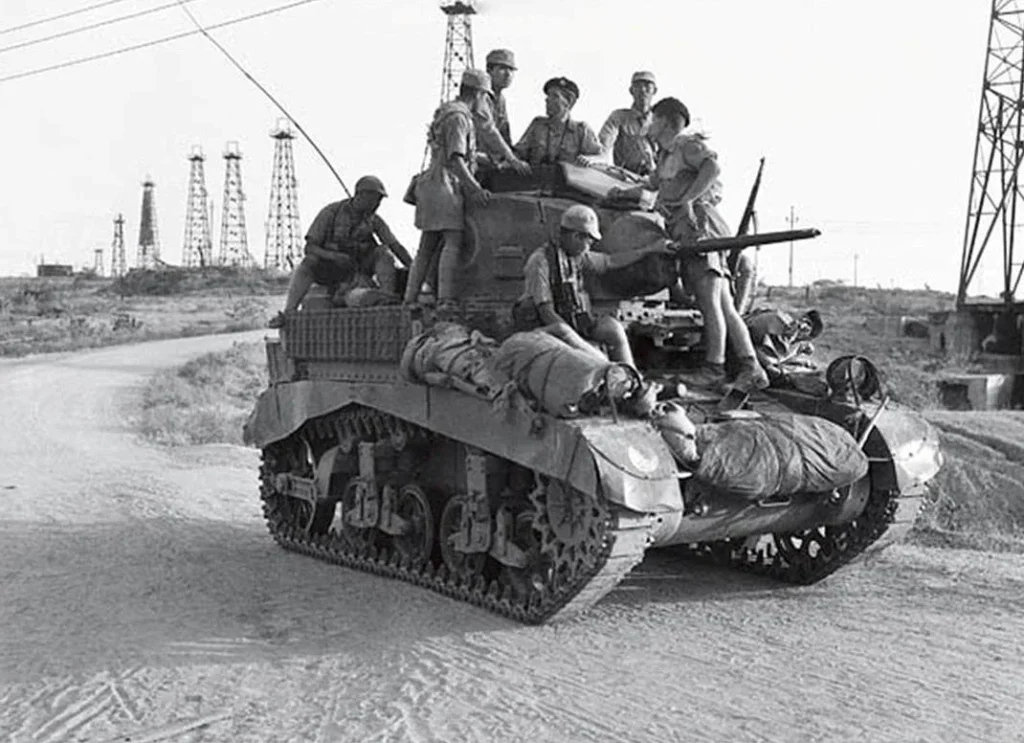
In 1937, Chee Soo started his military training and joined the 2nd Battalion of the Royal Tank Regiment, which was part of the 7th Armoured Division, later known as the Desert Rats. In 1939, he fought in Northern France and participated in the Battle of Dunkirk. During the war, he was promoted to Lance-Corporal and Corporal in 1941, and to Acting Sergeant in 1942. He was deployed to North Africa, where he was mentioned in dispatches and awarded the Military Medal for his actions during the Battle of Beda Fomm in Libya in February 1941, as part of Operation Compass. After his regiment was reassigned to Burma, Chee Soo was captured by the Japanese on April 19, 1942, during the Battle of Yenangyaung. He was forced to work on the Burma Death Railway as a prisoner of war, where he contracted malaria. Later, he was classified as a war crimes witness.
Chee Soo endured beatings, torture, starvation, and grueling labor as part of a work crew in the mountains between India and Burma. After three years, as the Japanese began retreating from the advancing Allies, he managed to escape into the Shan Mountains of West Burma. He navigated through rugged terrain and dense jungles for a month until he was rescued by an American guerilla patrol. Following three months of recovery and treatment (as he weighed only 84 lbs at the time), he returned to England and enjoyed an extended leave with his wife. Subsequently, he was discharged from the military and pursued a course in bookkeeping, stock control, commercial history, and sales promotion.
After the war, Chee Soo reconnected with Chan Lee, and they resumed their class in Holborn. In 1950, Chee Soo established his own class at Manor Road School in West Ham, East London.
Rupert Croft-Cooke, a friend of Chee Soo’s since 1938, offers biographical insights into this period of Chee Soo’s life in his book, “The Dogs of Peace.”
Clifford Gibbs had got his rather grand name from Dr Barnardo’s Homes, for he had been reared in one of these, the son of a Chinese father and English mother, neither of whom he had ever seen. I had known him before the war and was as proud as he was of the Military Medal he had earned as a Corporal in the Royal Armoured Corps in North Africa. He had been sent to Burma and taken prisoner by the Japanese, and suffered unspeakable tortures and humiliations because of his race, separated as he was from his fellow British. He had survived and, inwardly as inscrutable as a Conrad character, a little like Wang in Victory, he had married a blonde English girl and had an exquisite baby daughter whose godfather I became at a Sunday afternoon service in an East End Anglican church. Clifford, who went about life methodically, was severely industrious and found the means of saving for his family even in those days of grudging wages. But he had a humorous cheerful side to his character and enlivened my flat during his weekly visits between office hours and his return to Durban Street, E.15. He was an expert wrestler and had earned the Judo black belt. Only from the depths of his character emerged sometimes the exotic or oriental; in speech and manner he was very much an Englishman, and it was strange to hear from his curved lips words that might have been used by any London ex-soldier. I am glad to have had his friendship throughout those years.
Following the passing of his teacher Chan Kam Lee in the winter of 1953, Chee Soo became the President of the International Taoist Society. He taught a diverse range of Taoist arts, including self-defense techniques, healing practices, and spiritual disciplines rooted in Chinese Medicine, Qigong, and meditation.
According to the Guinness World Records website, “In 1965, Dame Diana Rigg (UK) became the first Western actress to perform kung fu on television when combat choreographers Ray Austin (UK) and Chee Soo (UK/China) incorporated elements of the martial art into her fight scenes on ‘The Avengers.’ The certificate presentation took place on ‘The New Paul O’Grady Show.’”
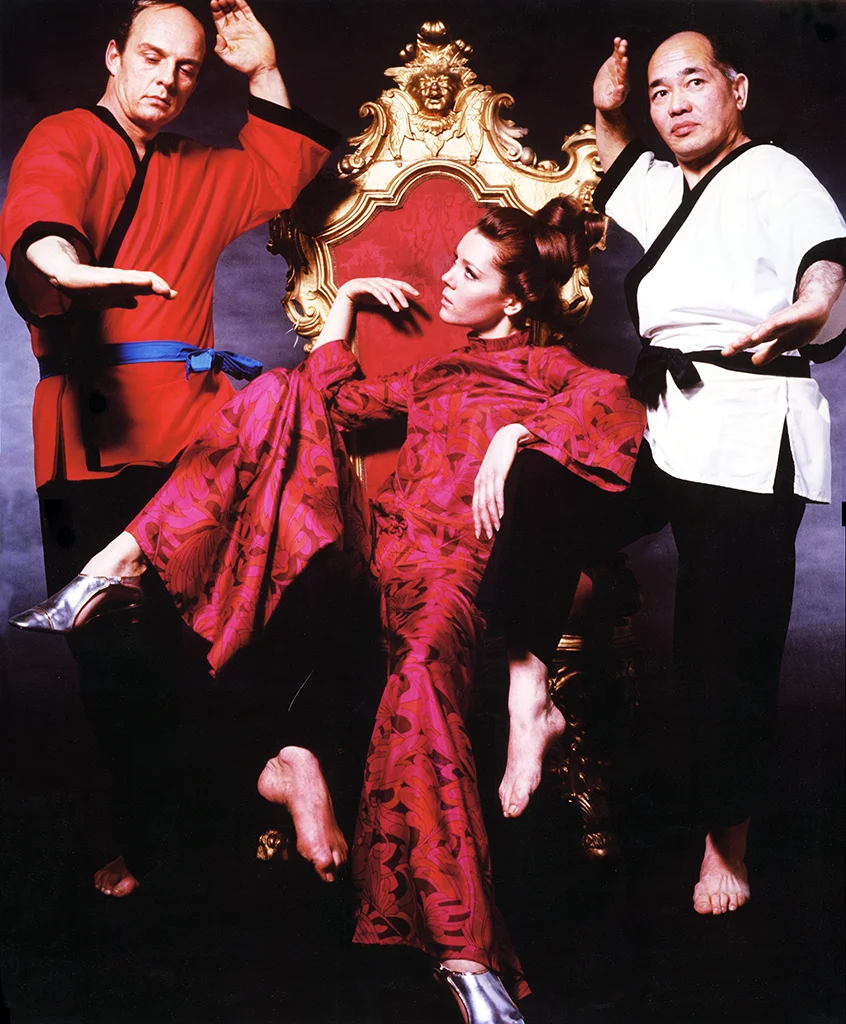
In the 1970s, Chee Soo operated a Chinese Health and Herbal clinic in London.
A British Movietone News documentary filmed on May 21, 1970, in Guildford, Surrey, UK, reported that Chee Soo had over 2,000 students studying Wu Shu in Britain as part of the British Wu Shu Association. He was one of only three individuals outside of Beijing qualified to teach Wu Shu.
On September 21, 1973, Chee Soo appeared in a BBC Nationwide TV interview, during which he demonstrated Kung fu self-defense techniques and inner power live in the studio with presenter Bob Wellings. In the interview, Chee Soo discussed the history of Kung Fu, the differences between Northern and Southern Kung Fu styles in China, and how Kung Fu is distinct from Karate.
In 1975, the BBC filmed Chee Soo at his Feng Shou kung fu class in Seymour Hall, London, which was later featured in a documentary for schools called “Scene: Looking for a Fight.” The documentary contrasted his soft-style kung fu self-defense class with boxing and hard-style kung fu.
In 1977, Chee Soo was interviewed by Brian Hayes on LBC radio, during which he discussed Lee style T’ai Chi Ch’uan, his encounter with his teacher Chan Kam Lee, the concept of reincarnation, and the notion that women would eventually come to rule the world.
In the 1980s, Chee Soo relocated to Coventry, where he devoted his time to writing and teaching courses in Lee style Tai Chi Chuan, Feng Shou Kung Fu, and Ancient Chinese Medicine at Alderman Callow School in Coventry (now known as The Westwood Academy) and other venues throughout Britain. Additionally, he taught his students in Australia and various European countries. Chee Soo authored five books on Taoist philosophy during his lifetime, with one additional book published posthumously.
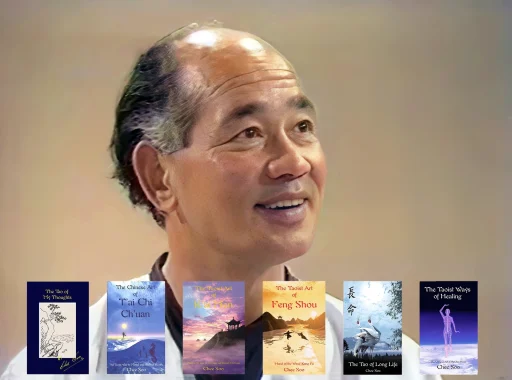
Originally published in hardback by Heather Gordon’s publishing company, Gordon and Cremonesi, Chee Soo’s books were later republished in paperback by Aquarian Press. They became international bestsellers when Thorsons and subsequently HarperCollins took over their publication. His books have been translated into Portuguese (Brazilian), Polish, German, French (distributed in Canada, France, Belgium, Switzerland, Portugal), Indonesian, Spanish, and Italian, with copies available worldwide. Currently, all his books have been republished by Seahorse Books in their original Aquarian Press format, featuring high-quality paper, binding, and laminated covers to better serve as training manuals. These editions can be purchased from the Seahorse Books website.